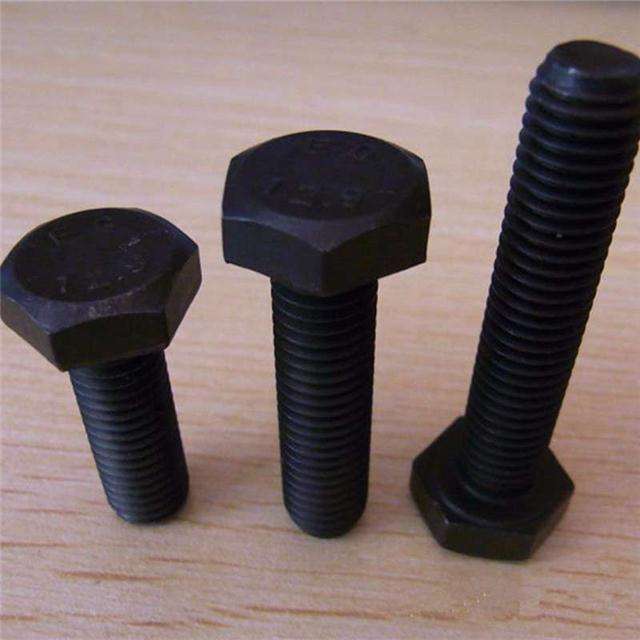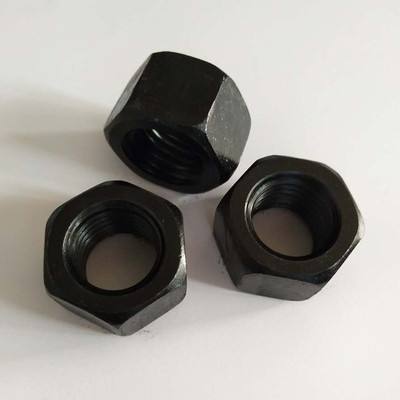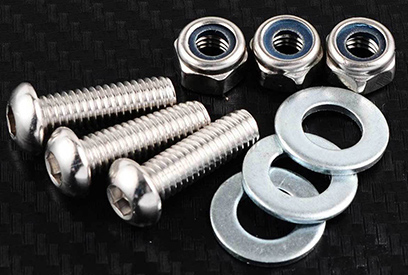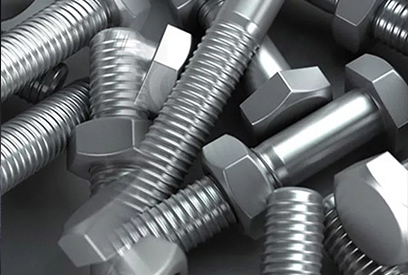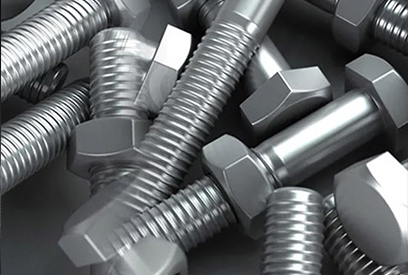Bolts Factory introduces the precautions for the stress fracture test of fasteners:
1. Before the test, install the sample in the pre-prepared test tooling. When the sample is installed, no non-axial stress should be generated. When testing bolts or nut components, at least two complete threads should not be screwed together.
2. Unless otherwise specified, the longest test duration should be 24h. For research work, the test can be carried out until the sample is broken.
3. The temperature fluctuation range of the sample in the heating furnace during the whole test period is generally within the range of 13% when the temperature is not higher than 650℃) or t 49C (the temperature exceeds 65090).
4. After reaching the test temperature and the specified temperature gradient, keep it warm for at least 30 minutes to further stabilize the temperature and load it steadily within 1 minute to protect the sample from impact and overload.



